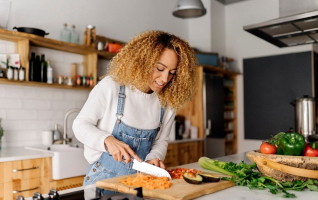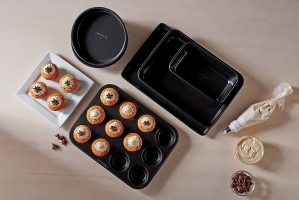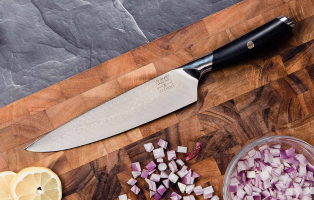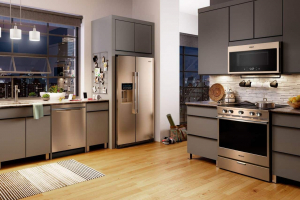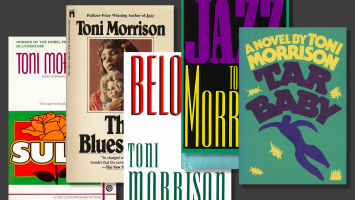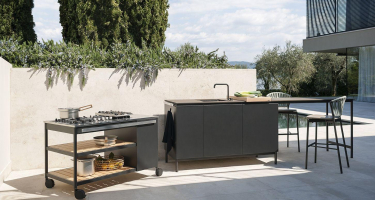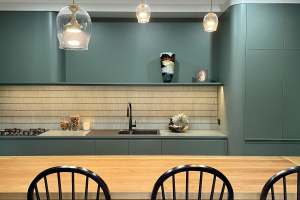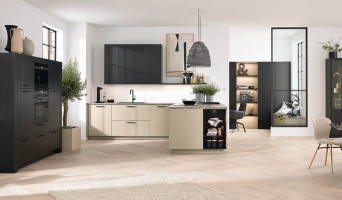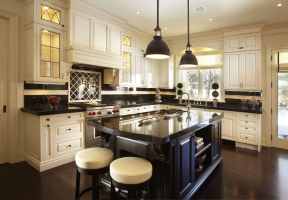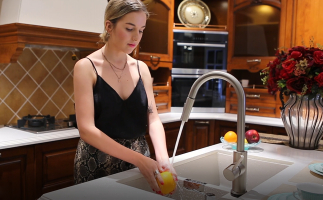Top 10 Essential Kitchen Tools Every Home Chef Needs
It will make your life so much simpler if you have the most important cooking tools in your cupboard. Although the kitchen world is always releasing stylish, ... read more...fashionable, and exciting kitchen gadgets, it doesn't imply you have to acquire them all to cook successfully. Rather than purchasing everything on the first day, you may gradually accumulate a stock of things. Here's a list of 10 must-have kitchen tools for any home chef.
-
If you're going to cook, you'll need a knife. Get a chef's knife if you only have money and space for one knife. It's important to have the proper tools for the task in order to perform efficiently and avoid harm. A chef's knife, a paring knife, and a serrated knife are the three most helpful knives to have.
You'll be using this knife for 90% of your meal prep, so invest in a good one and take care of it. Acquiring a serrated knife and a paring knife, though, because they serve distinct functions. Serrated knives are great for slicing through tomatoes and bread while paring knives are perfect for smaller, more delicate work when a big knife just won't cut it. In the kitchen, a chef's knife will be your best friend. It may be used for a range of tasks, including slicing vegetables, trimming meat, and cutting nuts. Look for a knife that is substantial but not excessively so, with a length that is comfortable for you. Slicing garlic or grape tomatoes, peeling a baked potato, or deveining shrimp are all tasks that paring knives are great for.
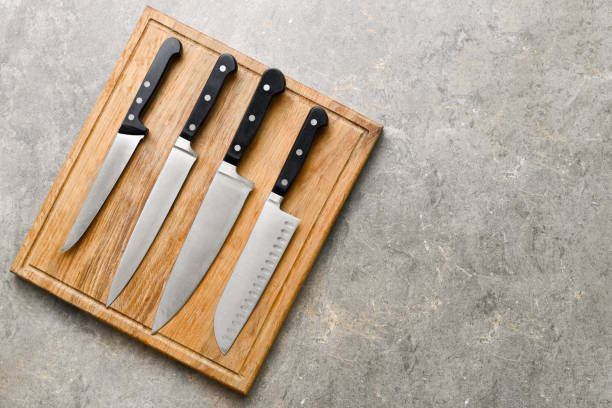
Set of Knives 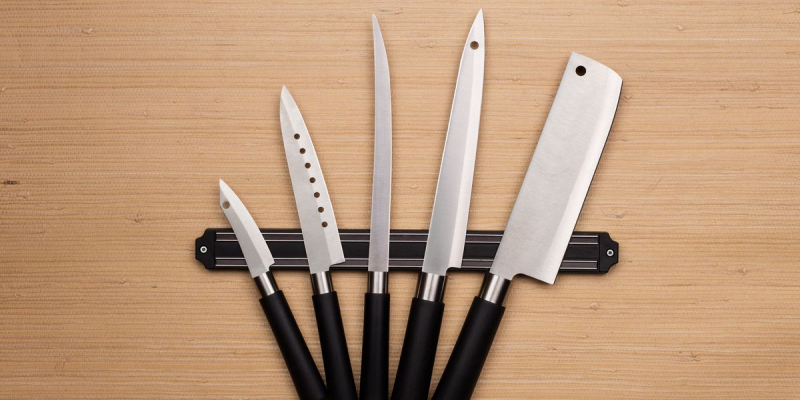
Set of Knives -
A big wooden cutting board is a must-have in any kitchen. A chopping board large enough to accommodate a large roast or longer veggies like celery or carrots is vital. Cutting on a plate or tabletop is not only inconvenient, but it may also damage the blades of your knives.
Aim for a thickness of roughly 12 to 2 inches if you want something more sturdy. Boards that are thicker are less prone to split or break. They are also often heavier, which reduces the risk of sliding and accidents. Place a damp paper towel or a shelf liner under the board for added protection and stability. Keep in mind that wooden cutting boards should be disinfected by scrubbing them with hot soapy water rather than submerging them in water. This may cause cracks, and the wetness acts as a breeding ground for bacteria. When it comes to bacteria, it's a good idea to keep raw meat and poultry on a separate plastic board.
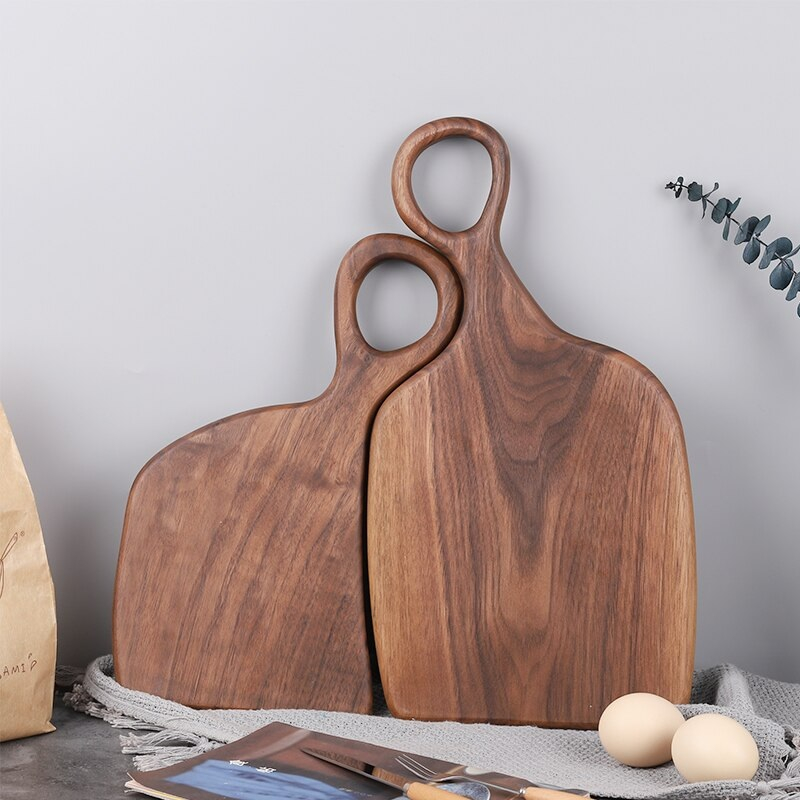
Solid Wood Cutting Board 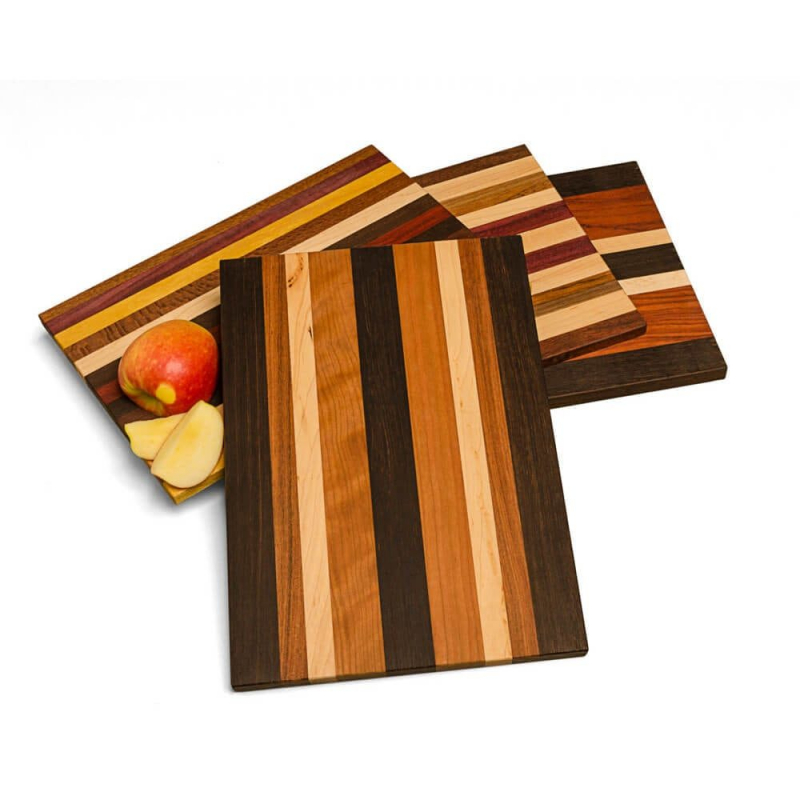
Solid Wood Cutting Board -
In the kitchen, a diverse set of pots and pans may go a long way. Whether you're a natural chef or prefer to use meal kits, having a variety of sizes to accommodate various dishes is essential. Or you may also need the ability to cook many courses on the cooktop at the same time.
If you're seeking the simplest to cook with and clean, nonstick pans are the way to go. Because eggs and pancakes are best cooked on a non-stick surface, every family needs a non-stick pan for morning duties. It's also a multi-purpose pan that may be used to sear meats, sauté veggies, and make sauces. Nonstick pans are less costly and require less care than stainless steel pans. When properly maintained, stainless steel, on the other hand, lasts longer. Just be careful not to scratch the surface with abrasive equipment! This stainless steel frying pan and this aluminum frying pan are two of the favorites. Buying a two-piece set allows you to have two sizes on hand and prepare two dishes at the same time.
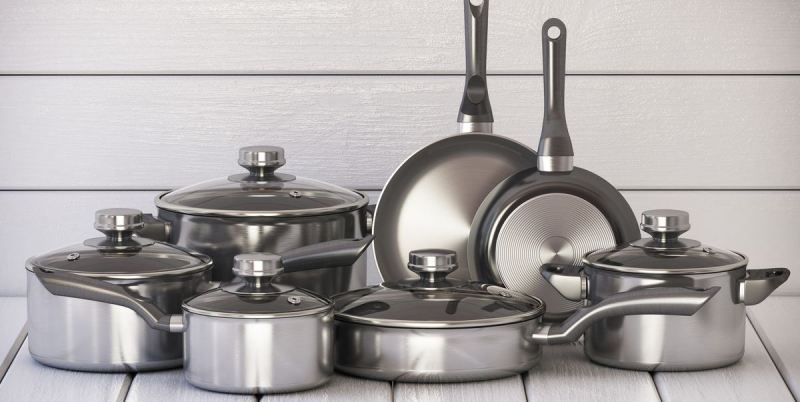
Set of Pots and Pans 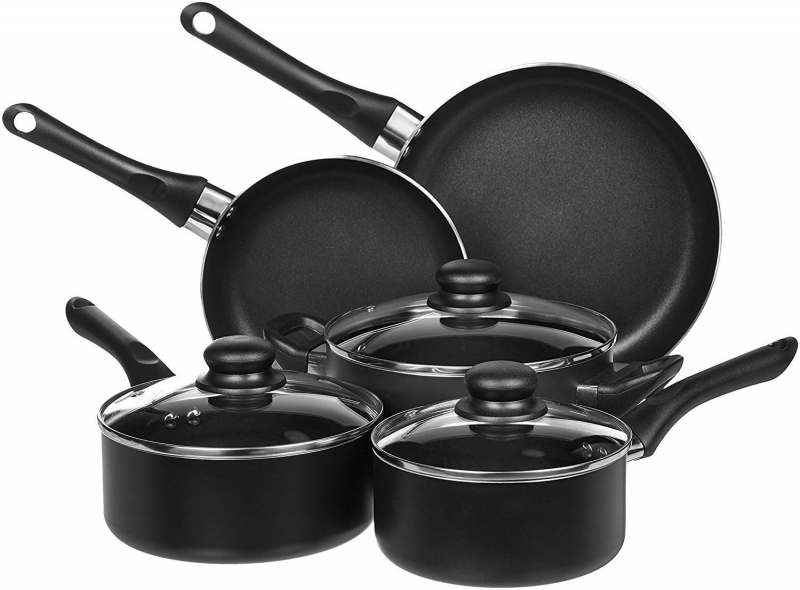
Set of Pots and Pans -
You might be surprised to see how flexible a powerful blender can be. You won't need your immersion blender or food processor for anything anymore, from smoothies to soups and sauces to hummus, pesto, and nut butter.
Blenders of good quality can also help you save time and enhance your nutritional intake. When compared to older blenders, a more modern model provides an exceptionally smooth and creamy result. Gone are the days when pureed soups or sauces had to be strained after mixing. This not only saves time but also guarantees that you don't lose out on the fiber and vitamins that are often lost during the straining process. Good blenders can also handle foods like hummus and nut butter that have very low water content. You can use the tamper while blending heavier meals like this to keep things flowing and avoid the machine from overheating.

High-Quality Blender 
High-Quality Blender -
For every home baker, a stand mixer is a must-have. A stand mixer is your best choice if you're a baker or want multi-tasking kitchen equipment, especially for tougher mixing activities like kneading dough, creating pastry, and thicker mixes. From meringues to bread to cakes and cookies, you can make it all.
Essentially, your stand mixer can act as an extra pair of hands in the kitchen, kneading bread or pasta dough for as long as you need. Not only does it spare your hands from long kneading sessions, but it also saves you time (the hook is far more efficient than you are) and mess (no more flour-covered countertops). A flat beater, dough hook, and wire whisk are included with most stand mixers. A pouring shield is included with some models. Make sure the mixer is locked when mixing for safety's sake, and always start with the slowest setting before gradually raising the speed.
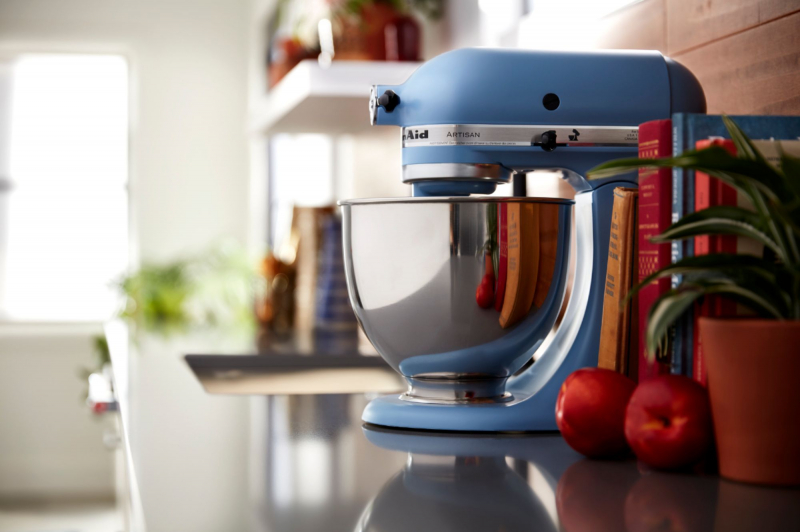
Stand Mixer 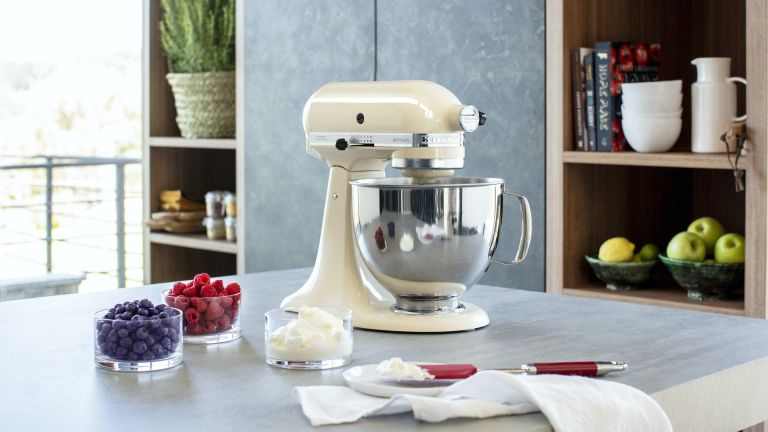
Stand Mixer -
Although pressure cookers and slow cookers appear to be identical, they are actually completely distinct cooking processes. A pressure cooker uses heated steam and pressure to cook food faster than traditional techniques, such as dry beans. Gradually cookers slow cook meat and stews by using lower temperatures and longer cooking periods. Pressure cooking is most commonly associated with significantly shortening rice cooking times, but it may also be used to make a variety of dishes such as dulce de leche, roasted garlic, and even handmade bread!
A slow cooker's set-and-forget nature makes it simple to start supper in the morning and have it ready when you return home from a hard day at work. If you want a slow-cooked stew or baste but don't have time to prepare it ahead of time, a pressure cooker can drastically reduce the cooking time without sacrificing flavor or texture.
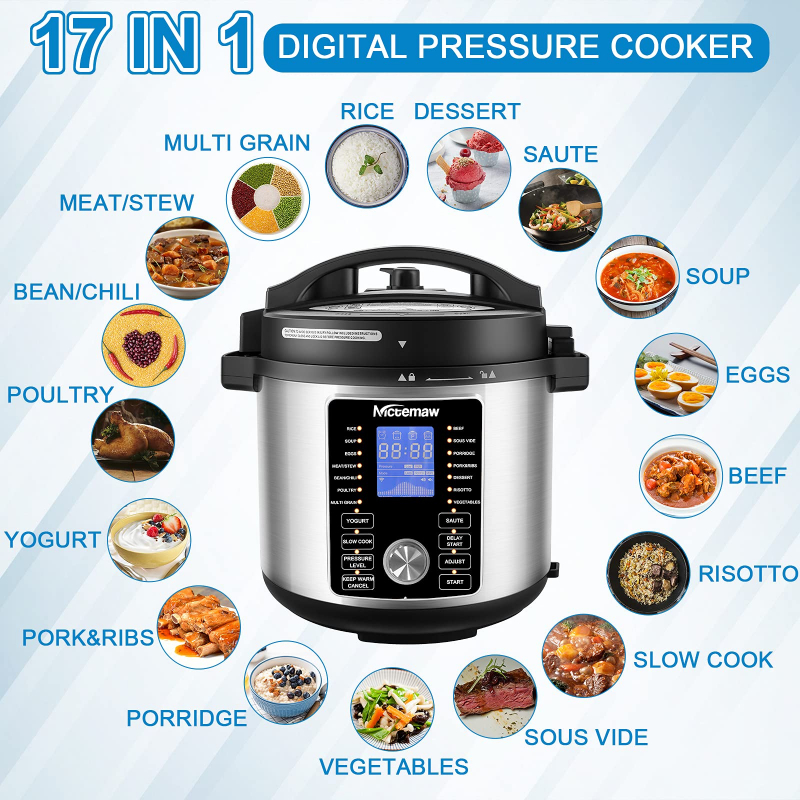
Combo Pressure/Slow Cooker 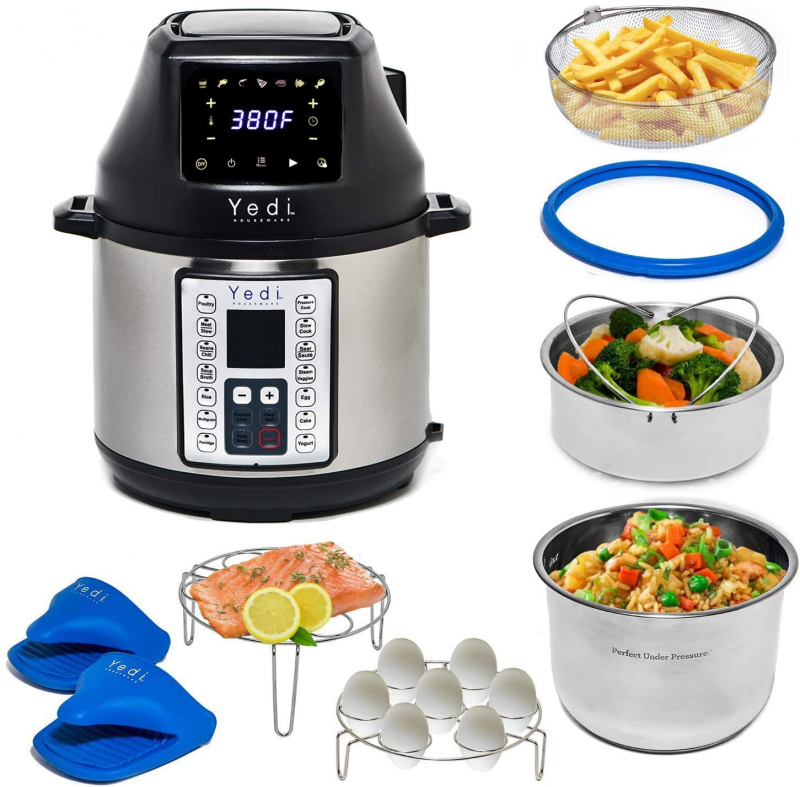
Combo Pressure/Slow Cooker -
Cast iron pans are kitchen workhorses, but they are sometimes overlooked in the depths of hard-to-reach cupboards. Cast iron has a multitude of advantages. They're highly long-lasting, affordable, and excellent heat conductors.
Cast iron pans are ideal for crusting steaks and other proteins, as well as browning vegetables. You can even cook a stir fry with cast iron since it retains heat efficiently, much like a wok. Cast iron is ideal for shallow frying because of its ability to retain heat. Eggs, delicate bits of fish, and acidic meals should all be avoided while cooking with cast iron. In this case, a nonstick pan is preferable. Acidic foods like tomatoes and vinegar can react with metals in the pan and cause corrosion. Filling the pan with approximately an inch of water and bringing it to a simmer is a good way to clean and care for cast iron cookware. Scrape off any stuck-on foods with a wooden spoon and drain away from the water.
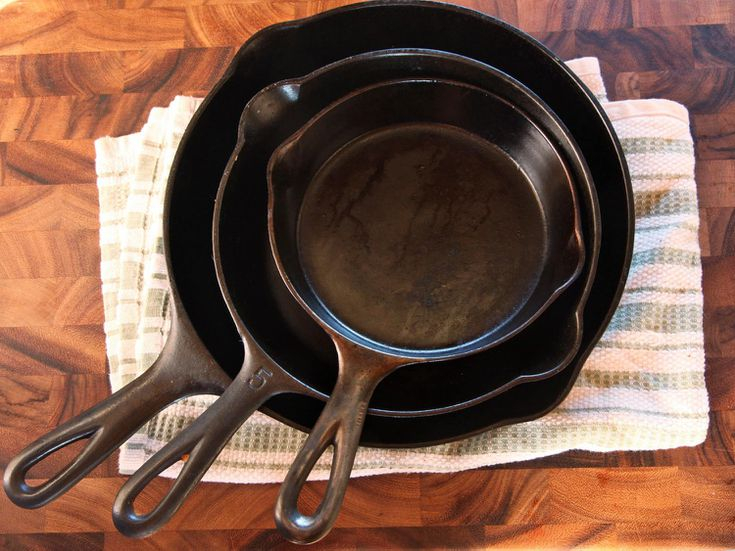
Cast Iron Pan 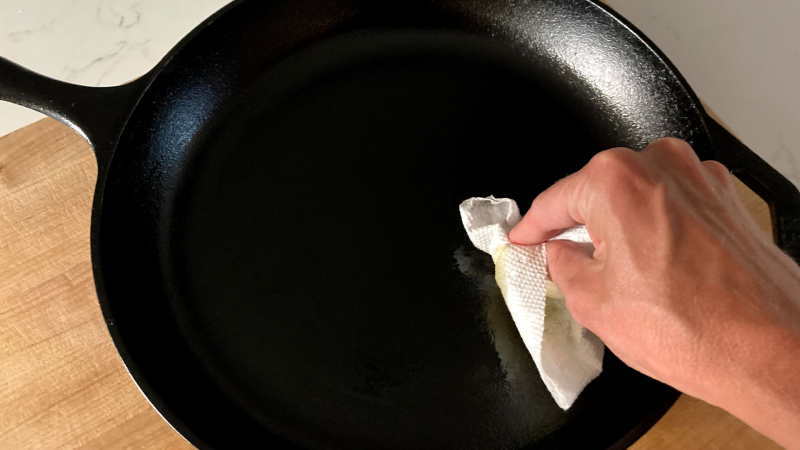
Cast Iron Pan -
The Dutch oven is the pride of every kitchen, and it's on every gift registry and in every well-stocked cabinet. A decent Dutch oven should be heavy and thick enough to conduct and retain heat, as well as deep enough to hold massive chunks of meat and quarts of cooking liquid. While a Dutch oven is great for braises, stews, and chilis, it may also be used for a variety of other things.
Enameled cast iron is the way to go if you're looking for a Dutch oven. The nonstick surface is simple to clean, while the cast iron inside maintains heat efficiently. These pots are extremely flexible and necessary for any serious home chef. Soups, stews, and braises all benefit from the use of a Dutch oven. It streamlines and simplifies deep frying at home. You may even use a Dutch oven to bake a loaf of bread, roast big chunks of meat, or make pasta in it. The options are absolutely limitless.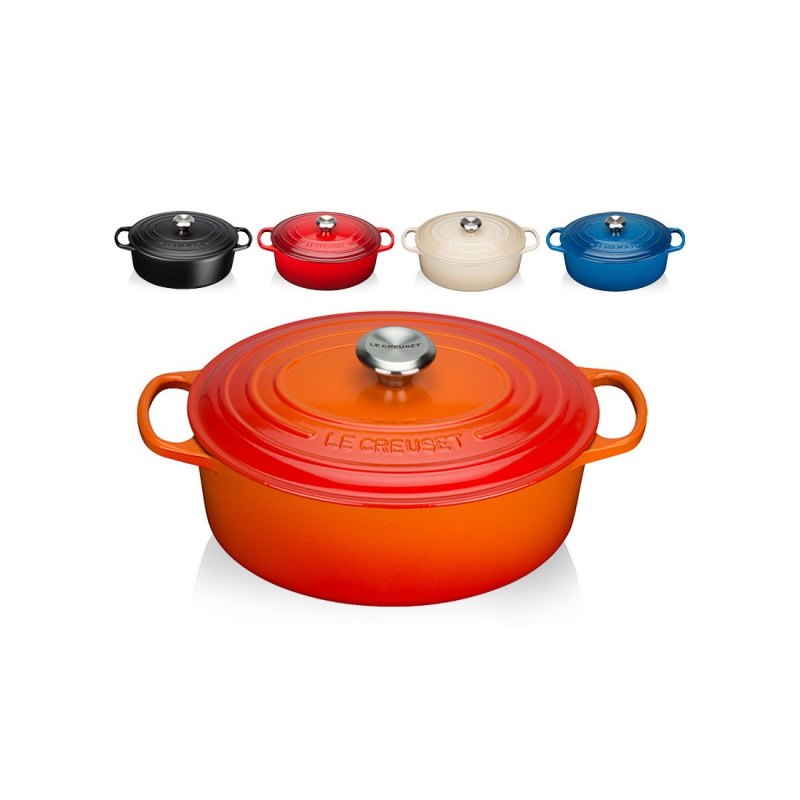
Dutch Oven 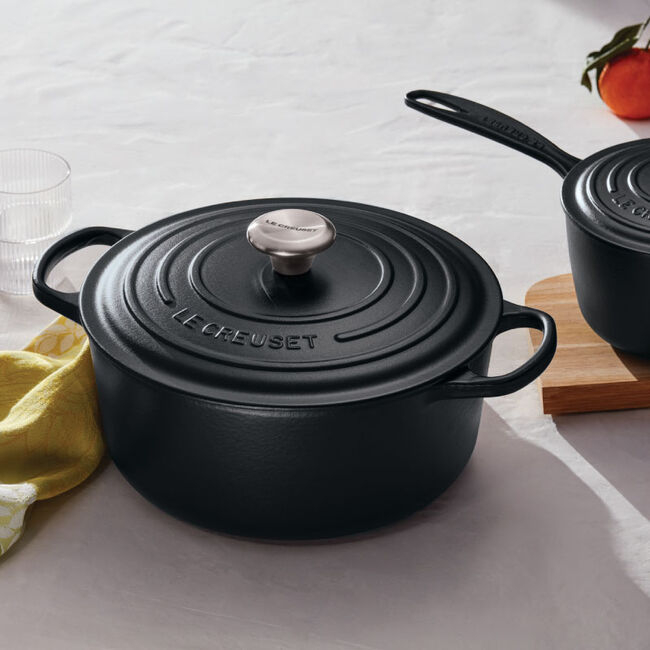
Dutch Oven -
Salad spinners may take up a lot of cabinet space, but they deliver a lot of value and are well worth the space. Even if you didn't have the space, you'd find a way to create a place for it because this is such a crucial item in your kitchen. Any green vegetable, from lettuce to kale to spinach, may be cleaned and dried with salad spinners. Although you can wash veggies just as effectively in a big bowl with a colander, the spin-dry feature is unbeatable.
It's vital to eliminate extra water whether you're washing greens for a salad that night or cleaning kale to keep in the fridge for later use. Salad dressings can be diluted by watery leaves, leaving your salads dull and floppy. Mold may form on veggies in the fridge if there is too much water. Washing and drying herbs, cleaning berries, rinsing and draining canned beans, and soaking broccoli or leeks are some of the other uses for a salad spinner. They're great for cleaning a variety of fruits and vegetables and are well worth the money.
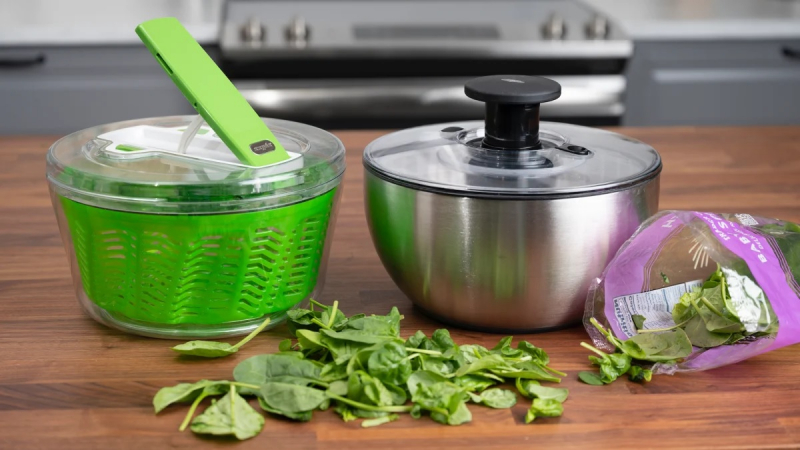
Salad Spinner 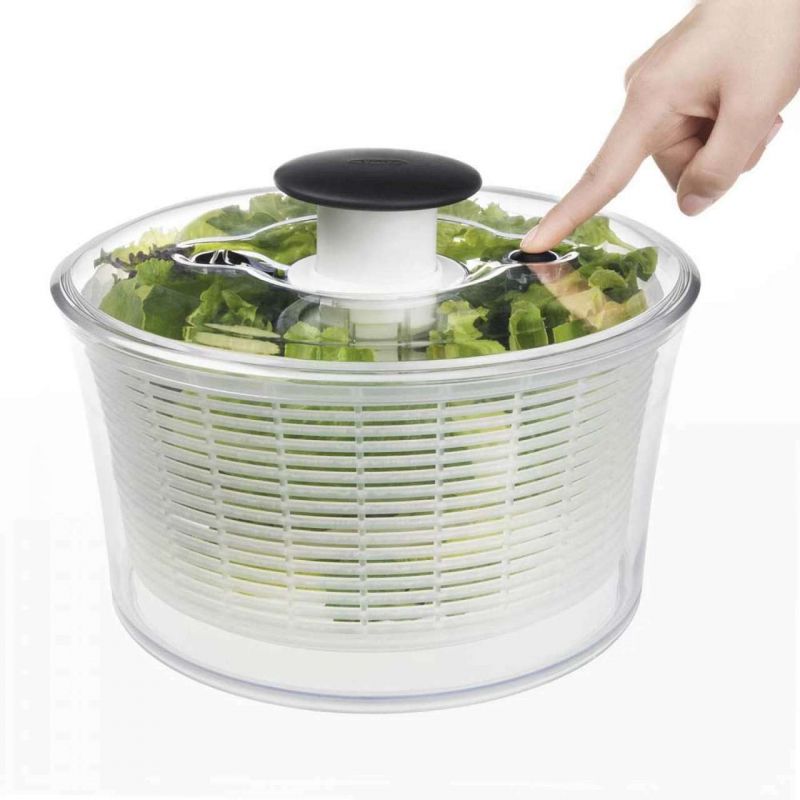
Salad Spinner -
It's crucial to have a good thermometer on hand, especially for meals that are difficult to verify for doneness otherwise. It's essential for large chunks of meat, poultry, and fish, such as roasts or whole birds, but it's also useful for smaller cuts. The thermometer will take the guesswork out of checking for doneness on individual pieces of steak and poultry if you haven't perfected the poke test.
Deep-frying thermometers are also useful. It's tough to distinguish the difference between oil at 350F and oil at 375F, for example, no matter how skilled you are. The food may absorb too much oil and turn mushy if the temperature is too low. When cooking sugar or baking bread, you may require a thermometer whether you're an intermediate to experienced baker. For cakes and custards, some recipes even specify an optimal internal temperature. Before the taste test, the only sure-fire method to determine if your dessert is successful is to check the temperature.
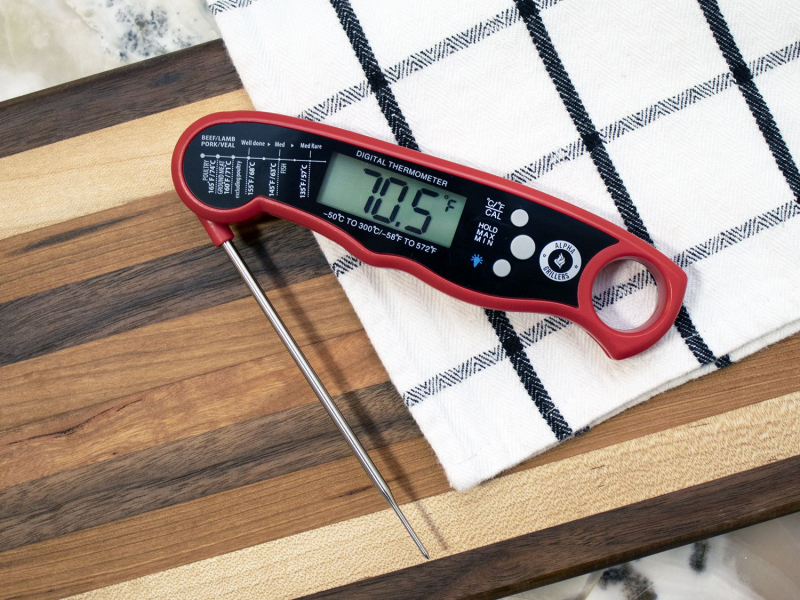
Instant Read Thermometer 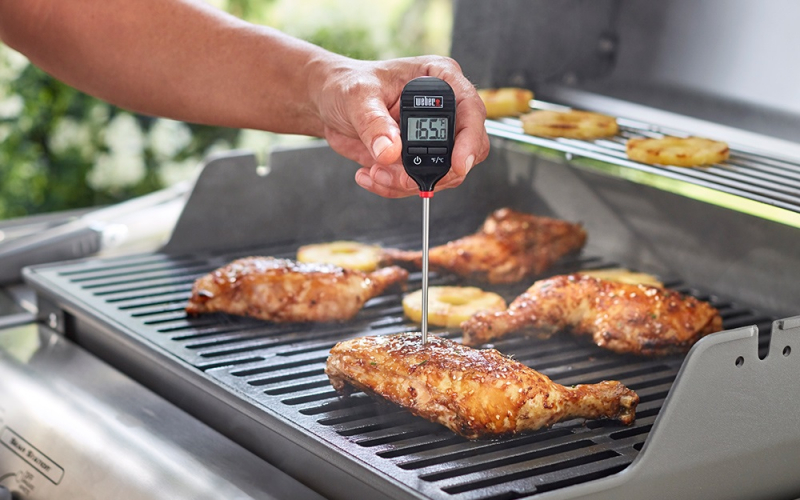
Instant Read Thermometer












